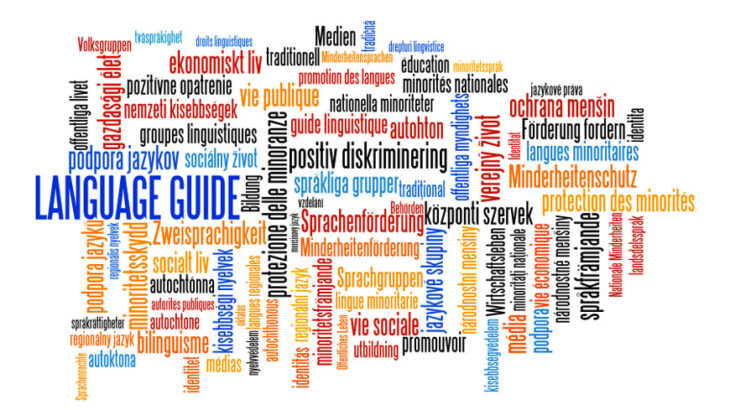Developing an international website to welcome visitors worldwide may lead to more brand awareness and a more extensive client base if you have an eCommerce site. Make your WordPress-powered website more user-friendly, regardless of where your site visitors originate. Making your website more accessible to people worldwide does not have to be time-consuming or expensive. Start with a handful of the ideas in this post, and you’ll be well on your way.
Contents
7 tips to make your website more international friendly

Source: wpwebsitetools.com
1. Globalize your content
The cornerstone of an internationally appealing website is its content transcreation. It does not just translate words but also ensures the restoration of meaning, intent, and context. It is critical to ensure that the importance of the content does not alter when translated into another language and that your message is not misinterpreted. When it comes to foreign growth of any type, cultural risks abound. To be accepted and welcomed in a different geographical location, you cannot afford to present misinterpreted and perhaps offending information.
2. Plan your Themes, Web-Hosting and Domain
Top-quality free WordPress themes may provide you with a terrific beginning point for your site by giving pre-made templates and simple modification capabilities. And, while there are many versatile WordPress themes available, selecting a niche-specific theme might save you time and help you achieve better results.
Go for a WordPress website hosting that fits your expectations, such as WP Multisite Support, 24/7 Monitoring, Google Cloud, manageable fully, built specifically for WordPress, a partner of WPML, and even Carbon Neutral. Web Hosting, which has features like Templ improves your business and boosts your website’s performance, particularly with your WordPress website. Rely on web hosting whenever you need it so you can get back to work.

Source: dreamhost.com
3. Avoid constrained localized possibilities
Some websites use dynamic Geolocation IP monitoring to determine the default domain and language. Others do not have strict local settings and allow users to visit their websites from wherever. It is the most excellent option to reach as many readers as possible. It is possible to visit your website regardless of the nation from which it is accessible.
4. Do not use text on photos
Google Translate cannot translate text on photos, which holds for logos, headlines, and other information, and it can be pretty off-putting to readers who do not comprehend certain aspects of your website. Furthermore, no translation or software running on your multilingual website can translate graphical text. As a result, for the most outstanding results, eliminate it, or reduce it to a minimum for a more international audience.

Source: TranslationRoyale.com
5. Localization of Checkout and shipping
Whether your WordPress site is an online store or offers software as a service with no shipping requirements, you should suitably translate the checkout process. Currency choices are critical for users to take the last step in purchasing, and there are WordPress plugins that allow several currencies to be displayed and selected.
If you provide international delivery, advise the buyer ahead of time whether or not the goods are available for shipping to his local location. Choose to convert the currency apparent, and select a good conversion API tool. Allow the user to view the shipping charges and taxes before checking out to keep track of abandoned cart data. Finally, keep in mind that different payment options are more convenient for customers from other areas, so make sure to include them.
6. Avoid using regional jargon
Most sectors and enterprises have specialized jargon that may perplex or alienate the general public. Take a step back and evaluate your current material. Are you explaining your products and services in a way that potential buyers can comprehend, even if they have no prior expertise in your industry? You can’t always avoid using industry-specific terminology, but do your best to describe anything that could be unclear. Also, be sure you explain in a way that the broadest potential audience can understand.

Source: mirror.co.uk
7. Enhance readability
Making your material more straightforward to read is the most excellent approach to explaining the objective of your website. After you’ve finished writing a page or post, utilize the proofreading feature to check for misspellings, typos, and other common mistakes. After proofreading, put your material to the estimated education level required for the typical person to understand it. Because some of your guests may not speak English as their first language, use simple, plain language to accommodate them.
Create your website with the following considerations
A little cultural awareness may go a long way toward making your website stand out from the crowd.
Here are a few things to think about with foreign visitors in mind:

Source: Medium.com
1. Images and colors
Every hue elicits various emotions and has a different meaning in each culture. According to Shutterstock, green denotes riches, nature, and good fortune in Western civilizations. Green, on the other hand, is historically outlawed in Indonesia. It’s critical to understand and respect the views and values of each audience member that visits your site, so don’t overuse a particularly alienating hue.
2. Pictures and Symbols
A “thumbs up” emoji, for example, might signify one thing in the United States and something entirely different (and insulting) in other areas of the world. As a result, it’s critical to consider cultural factors while creating your user interface. While you can’t account for every cultural variable, it’s worthwhile to understand your target markets as well as the locations of your site users. Look no farther than the metrics on your WordPress dashboard to find out where your site visitors are coming.

Source: unsplash.com
3. Widget for translation
Manually translating your website into many languages is both time-consuming and costly.
It’s also a hazardous decision if you don’t speak the language you’re translating because you won’t detect spelling or grammar errors. Unless you are sure that a significant portion of your customers are from a specific location and you are confident in your ability to effectively comprehend a foreign language, translating for individual languages is not the ideal solution.
Use the Google Translate widget instead to allow users to browse your website in any language supported by Google Translate. You may add the translation option to any place supported by your theme, just like you can with site search (header, sidebar, or footer).
Summing up
Creating an international website that serves numerous nations and languages should be the norm worldwide. Your site should also be adaptable and quick enough to handle many devices pinging it from all around the world. Then you’ll be ready to enter overseas markets and expand your firm globally boldly.
